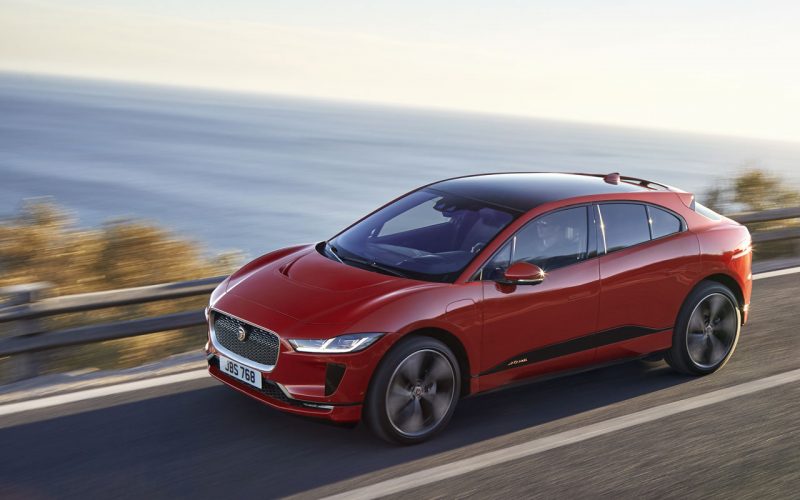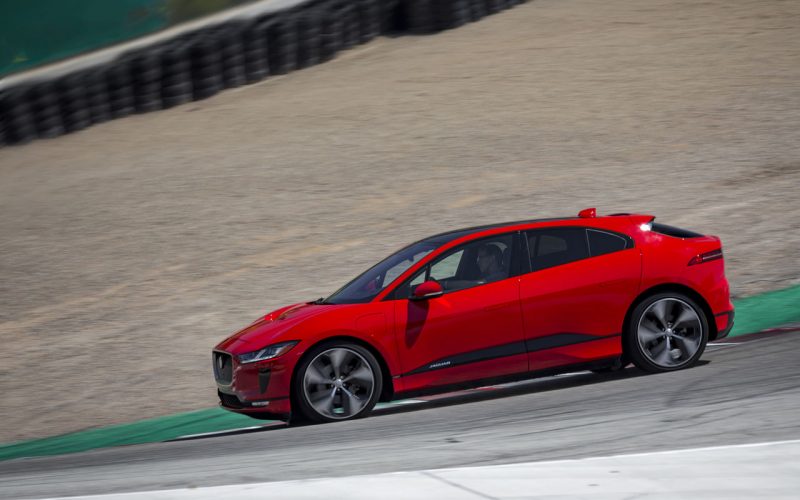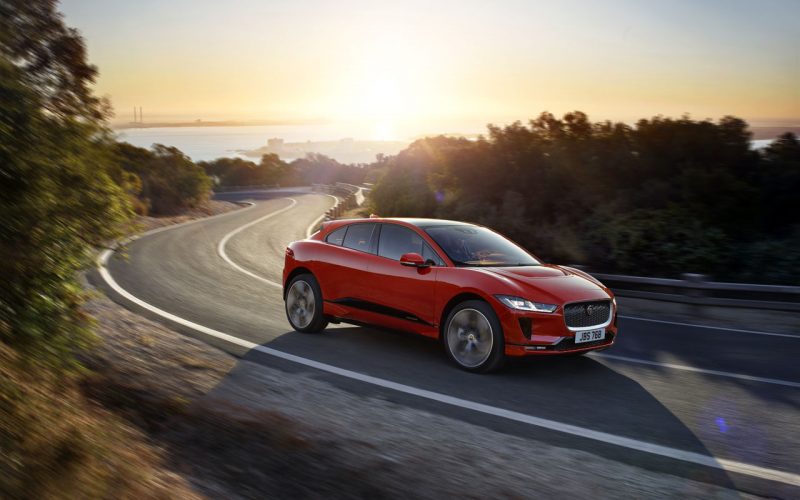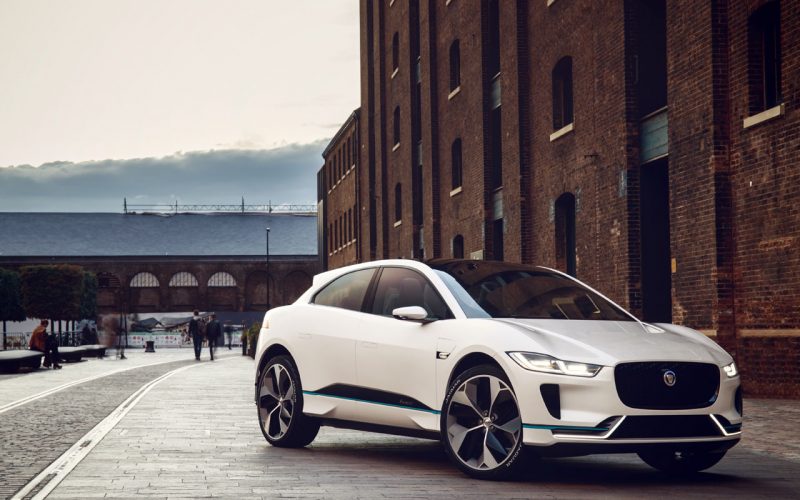
Reading Time: 11 minutesThe all-new, all-electric 2018 Jaguar I-Pace is already getting rave reviews from the automotive press, and

Reading Time: 5 minutesSilence is golden, and in the case of the inherently quiet Jaguar I-Pace it’s also very

Reading Time: 13 minutesJaguar fans that liked the I-Pace Concept and kept fingers crossed that the production version wouldn’t

Reading Time: 4 minutesIt’s official: The innovative Jaguar I-Pace electric vehicle will arrive in production trim during the second
© 2025 The Car Magazine. All Rights Reserved, Privacy Policy | Terms of Use